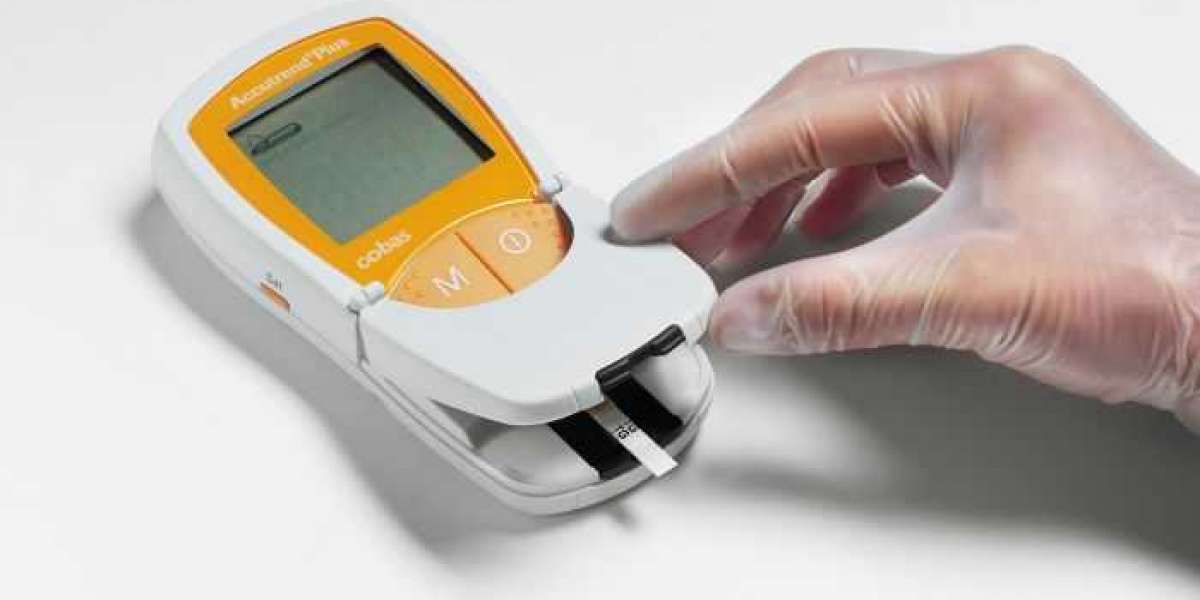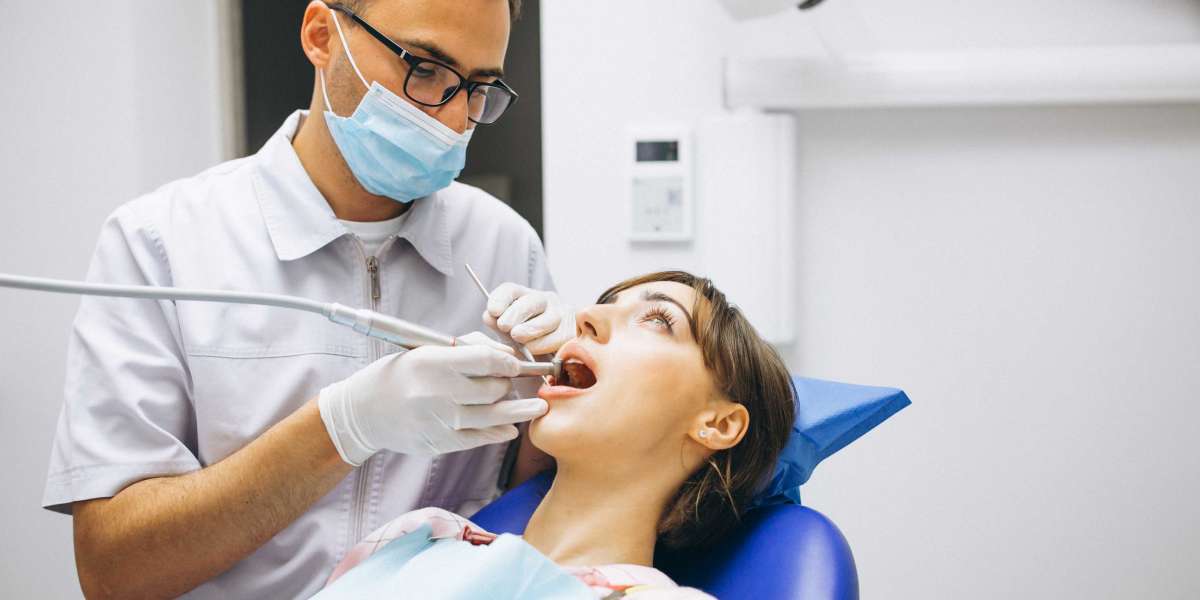These people require diagnostics on a daily basis and so it is preferred to take the required tools so that it can help you detect their symptoms early. Early detection helps with knowing the disease at an early stage and accordingly taking the meds. Here are 6 must-have diagnostics tools that you need to have for your elderly.
1. Cholesterol Test Kit:
You need to have a cholesterol test kit to measure the cholesterol level, as a sizable amount helps in production of some specific hormones and vitamins like vitamin D. It also supports bile acid that helps in digestion and protects the nerves and structures of the cellular walls. There are generally no typical symptoms of high cholesterol levels, so this toolkit helps you figure out the exact levels. You need to make sure that you do not squeeze your fingers excessively as it affects the results and always dispose of the sharp tools properly.
2. Pulse Oximeters:
Pulse oximeters are used to measure the oxygen level or oxygen saturation of the blood. It is a painless and easy to use method to measure how well oxygen is being sent to other body parts apart from the heart like in feet and arms.
A pulse oximeter is a clip-like device that can be placed on a finger or earlobe. It uses light to measure oxygen in the bloodstream. This information helps to know when a patient requires extra oxygen. It is an important piece of equipment for people with heart failure, lung cancer, Anemia, or any chronic obstructive pulmonary diseases.
3. Blood Pressure Monitor:
Digital blood pressure helps you keep track of the blood pressure of the elderly. It helps to monitor their conditions and choose the correct dose of medication that is required for them. A digital blood pressure device has a cuff that needs to be wrapped around the arm. It is important to get an accurate reading so that it helps figure out the risk involved in heart disease and stroke.
The patient needs to make sure that while using it, they have not eaten or drunk for at least 30 minutes before taking the reading as the bladder should remain empty. Also, while taking the reading, your back should be straight and supported, and the feet should be placed flat on the ground. The arm on a table should be at the level of their chest. You also need to take care that they are not talking while taking the reading and the cuff is snug but not too tight and is placed against bare skin.
4. Thermometer:
A thermometer is used to measure the body temperature of the patient. The normal body temperature of a fit person is 37 degrees Celsius. So, if the temperature varies, so does the condition of the patient.
Digital thermometers are quick to measure with high accuracy. These are simple to use and cost-effective. It is inserted under the tongue or in the armpit to measure the body temperature. These are easy to read, and battery supported.
Glucometer:
Glucometer helps patients with diabetes to track their blood glucose fluctuations. It helps with their medication dosage. Before using it, you need to ensure that the meter is cleaned, and you need to prepare the supplies with clean hands and insert a test strip. Next, you need to prick your finger and squeeze a drop of blood and place it on the edge of the test strip. Make sure to wipe away the extra blood and then take the reading.
An ideal sugar level is less than 140 mg/dL. If the reading is more than 200 mg/dL, then it indicates diabetes. Then you need to diagnose the type and its severity.
Reflex Hammer
A reflex hammer is a medical instrument used to evaluate deep tendon reflexes. It is important for neurological physical examination in order to detect any abnormalities in the nervous system. There are many different types of reflex hammers. Taylor, queen square, babinski, tromner, and many more. And each one has different functions. You need to figure out which one is beneficial to you.
It is simple to use. You need to take the hammer and hold it firmly by the handle. You need to make sure that the muscle group that you want to test is not contracted or stretched. Then you need to strike in a single, brisk stroke and then note the muscle tension.
Conclusion:
Taking care of the elderly is difficult. You need to constantly keep a track of their food habits, glucose levels, heart rate and many more things. These six must have diagnostics tools if you have an elderly to look after. These tools will help you keep their physical health in check and monitor it on a daily basis.
Source: https://telegra.ph/6-Must-Have-Diagnostic-Tools-For-Elderly-05-13






